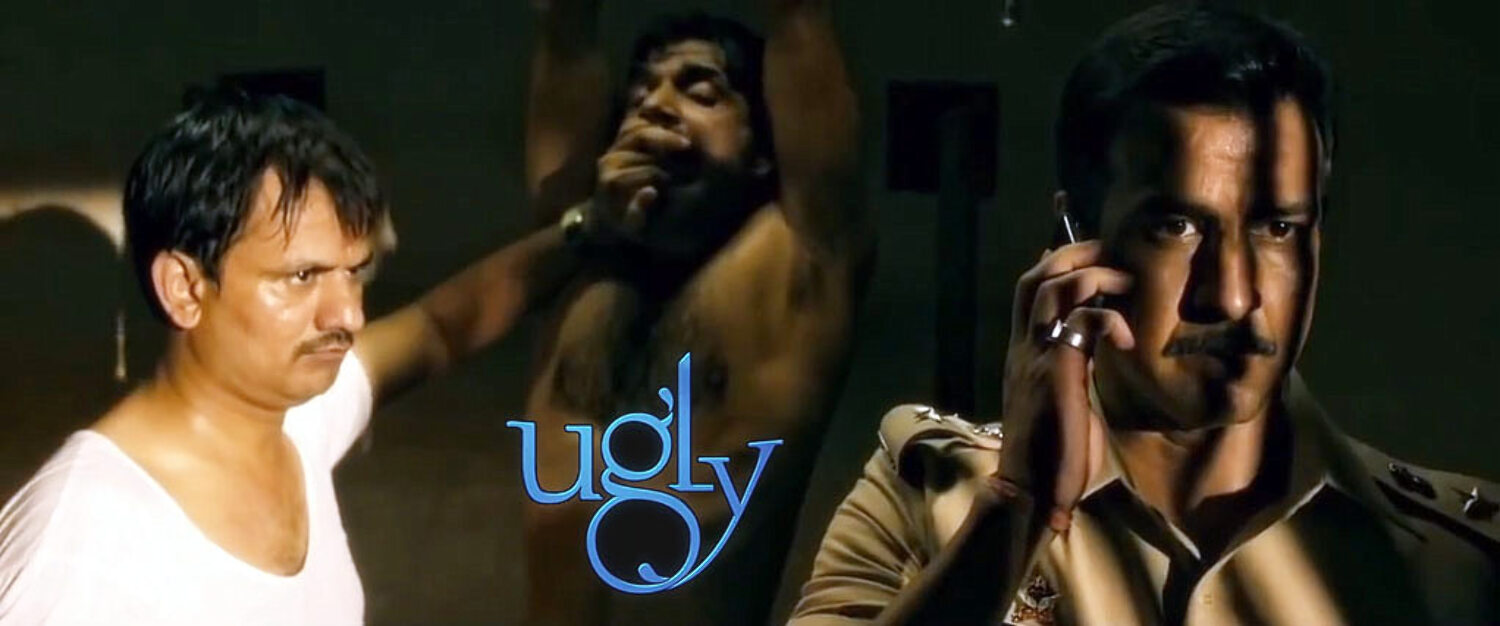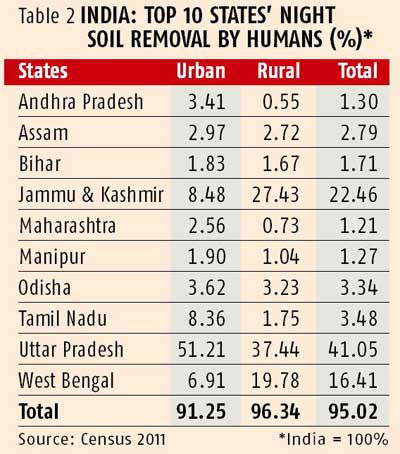CRPF(Central Armed police force) is doing a great service for our nation by guarding our borders,
fighting with maoists and mainitaning law and order in times of emergency but Our Nation has not reciprocated the same
to these forces . We have not given them their rights , dues and respect that they deserve.
The central Reserve Police Act(1949), an act that provides for the constituition and regulation of an armed CRPF has many problems:
1) This act is inherited from Crown’s Representative Police Force Law, 1939 which are not in sync with current times.
2) Our Constitution guarantees Fundamental rights to the citizens of India but there many provisions in the act which violate their fundamental rights-
the right to equality, equal protection in public employment, and the right to protection of life and personal liberty.
3) Legislative changes are not done in accordance with the Modern India and which follow Constitution.
These changes are done for Army, navy, BSF but not for CRPF.
4) CRPF Act is further compounded by the fact that the Commandant, after conducting a judicial trial for convicting and sentencing a member of the force, is also further authorized to punish the same member of the force departmentally dispensing with a formal inquiry on the ground of conviction on a criminal charge. To be given the opportunity of a hearing, a departmental inquiry, or the right of departmental defence, has been dispensed with, without giving any reasons as provided by the CRPF Rules, 1955.
Government and CRPF higher officials needs to act immediately to revise this act in accordance with the Constitution and Modern India. We need to give respect to the people who are working day and night just to safeguard this country and these changes can be done in line with BSF, Indian Air force and other forces.
1) This act is inherited from Crown’s Representative Police Force Law, 1939 which are not in sync with current times.
2) Our Constitution guarantees Fundamental rights to the citizens of India but there many provisions in the act which violate their fundamental rights-
the right to equality, equal protection in public employment, and the right to protection of life and personal liberty.
3) Legislative changes are not done in accordance with the Modern India and which follow Constitution.
These changes are done for Army, navy, BSF but not for CRPF.
4) CRPF Act is further compounded by the fact that the Commandant, after conducting a judicial trial for convicting and sentencing a member of the force, is also further authorized to punish the same member of the force departmentally dispensing with a formal inquiry on the ground of conviction on a criminal charge. To be given the opportunity of a hearing, a departmental inquiry, or the right of departmental defence, has been dispensed with, without giving any reasons as provided by the CRPF Rules, 1955.
Government and CRPF higher officials needs to act immediately to revise this act in accordance with the Constitution and Modern India. We need to give respect to the people who are working day and night just to safeguard this country and these changes can be done in line with BSF, Indian Air force and other forces.







